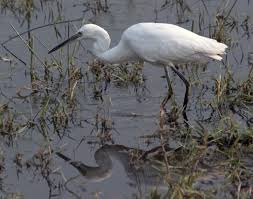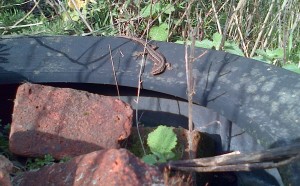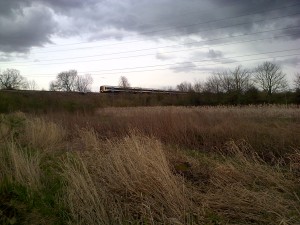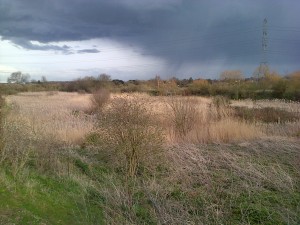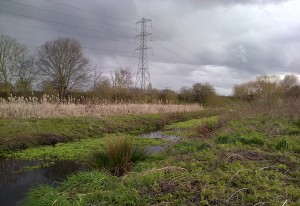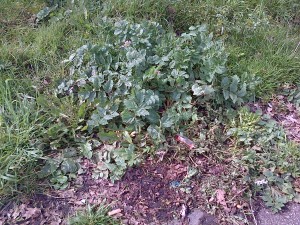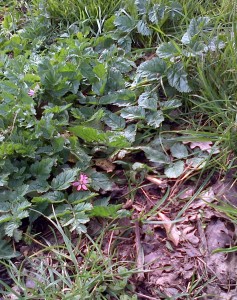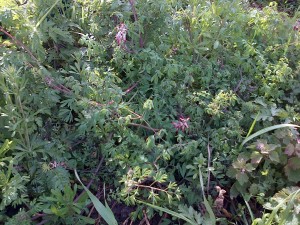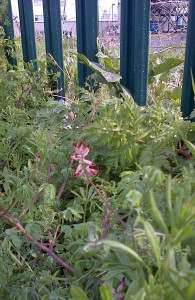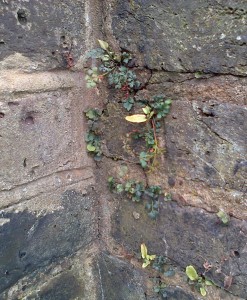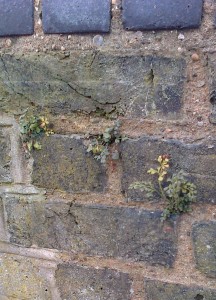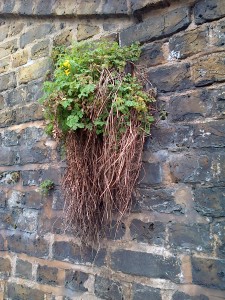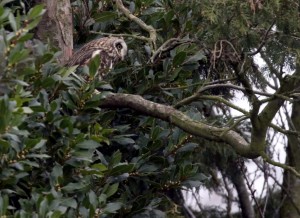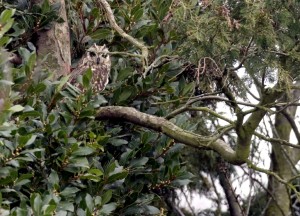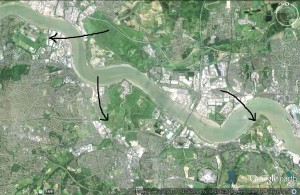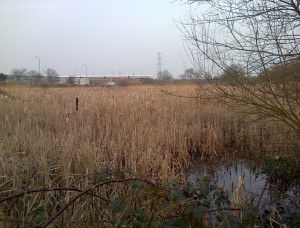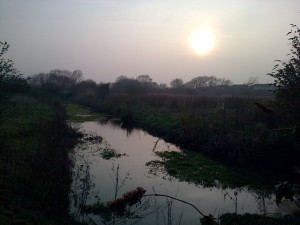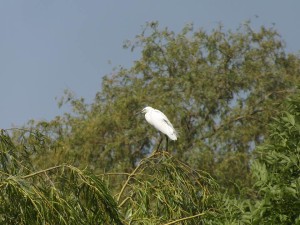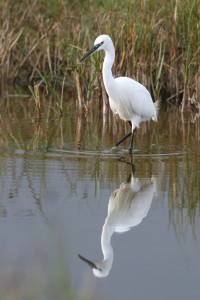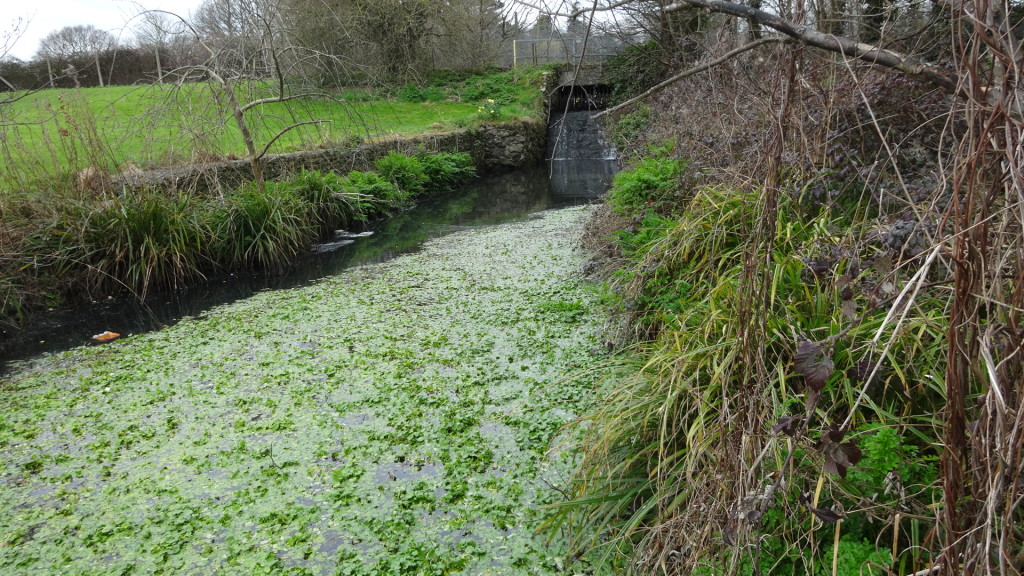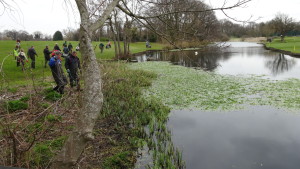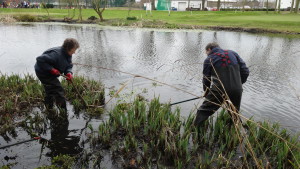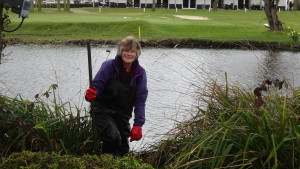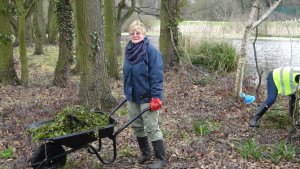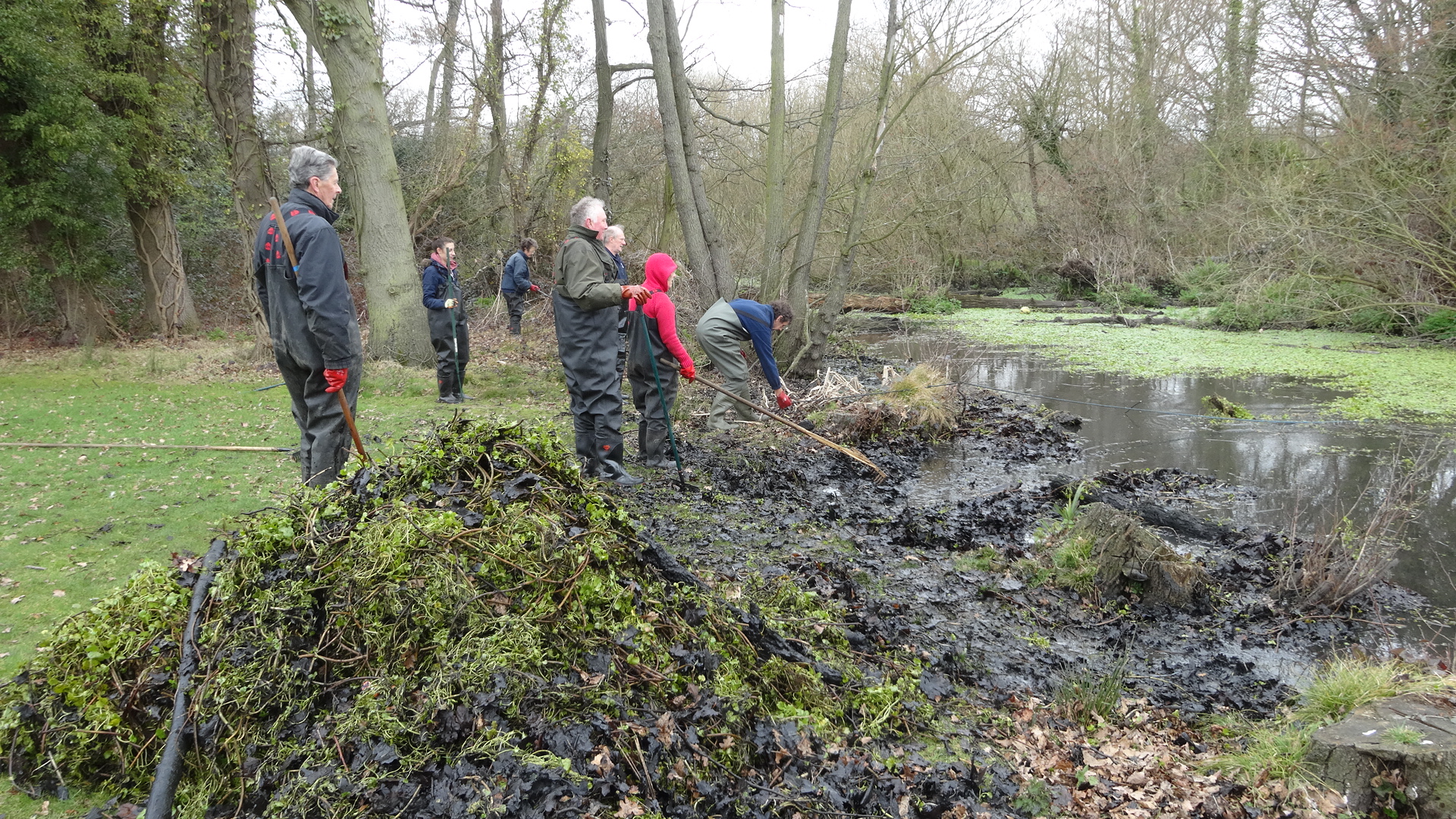Forty-six adults and eight children turned out for today’s ‘Save our Skylarks’ demonstration at Erith marshes, organised by members of Friends of Crossness Nature Reserve, at which our new campaign banner was unveiled and kites were flown with cut-out Skylarks attached to the streamers. This was part of the ongoing campaign against a plan by Cory ‘Environmental’ for two huge four-storey data centres on fields next to the Nature Reserve and Metropolitan Site of Importance for Nature Conservation that will destroy one of the two main nesting grounds for red-listed Skylarks in Bexley, and the only breeding site in the Borough for red-listed Ringed Plover and Little Ringed Plover, as well as open mosaic habitat, another national conservation priority, that is important for insects.
The company’s ‘ecological survey’ conspired to miss this key bird information as a result of being conducted on only one day in September and one day in October 2015, and was also deficient in several other important respects. The planning application as it stands proposes no means whatsoever by which this loss may be avoided or somehow compensated for, and therefore fails national, London level and Bexley planning policy tests. Bexley Council has now told us that it has asked Cory to address these matters with revised proposals. Whether that would have happened without pressure from local conservationists is a moot point. More than 200 people have now signed letters of objection, which will be formally submitted when it’s clear what the planning department’s timetable on this is now going to be.
We understand that Cory had got wind of the demo in advance, not surprising as it had been openly advertised, and a small vanload of police had been spotted by an attendee parked up on the southern section of Norman Road, out of sight but not too far away. This may or may not have been a co-incidence! Perhaps some relevant decision-makers are starting to feel a bit of heat on this, as well they should.
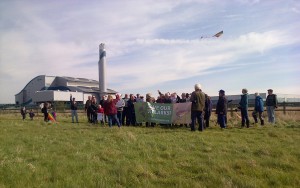
The Save our Skylarks demonstration assembles at Crossness, by the threatened fields.

Save our Skylarks demonstrators line up for the photoshoot with Cory’s incinerator in the background.

It is in the name of its incinerator operating arm that Cory ‘Environmental’ has submitted plans to destroy the only nesting habitat at Erith Marshes of two red-listed bird species.
After the photocall a nature walk was enjoyed, and good views were had of Kestrel, 16 Pochard, Little Egret, Reed Bunting, Snipe, Green Sandpiper, Shoveler and other species, and new recruits were gained for the Friends group. A few people saw Little Ringed Plover and, later, Skylarks, on and near to the threatened fields.
Additional pictures of the demo taken by Richard Spink and posted earlier today, can be found on the Bexley Wildlife Facebook page.
An objection letter can be downloaded here:
http://www.bexleywildlife.org/borax_crossness-quick-objection-letter/
though this may be amended depending on what, if anything, Cory comes up with by way of amendments to its existing planning application.
Chris Rose

